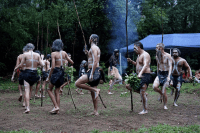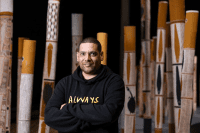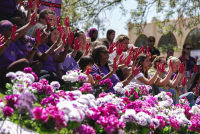When discussing the origins of contemporary Indigenous art in Australia, the narrative often centers around remote regions like the Northern Territory town of Papunya. However, the urban landscape has played a significant role in shaping and evolving Indigenous artistic expression, with artists like Tracey Moffatt and Gordon Bennett making their mark on the global stage. Unveiling the Urban Side of Contemporary Indigenous Art
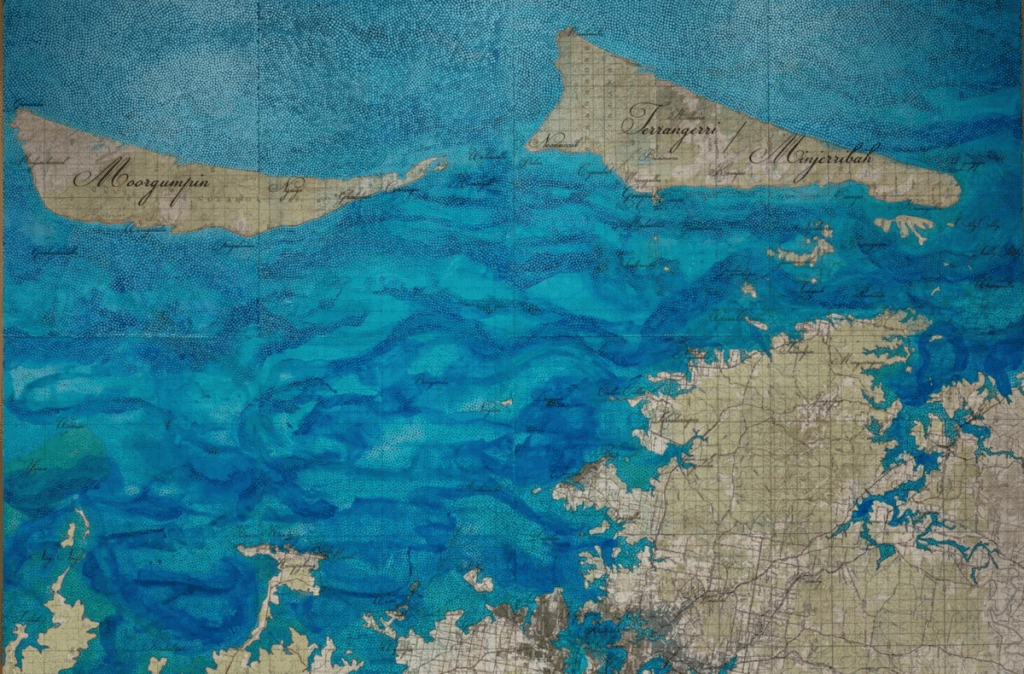
The birth of “dot painting” in Papunya around 1971 brought global fame to artists such as Clifford Possum Tjapaltjarri and Kaapa Tjampitjinpa. Yet, contemporary Indigenous art has always had an urban side, notably flourishing in Queensland art schools in the 1980s. Here, students like Tracey Moffatt and Gordon Bennett began to explore their Indigenous heritage and challenge colonial history through their art.
Moffatt’s “Up in the Sky” photographic series, for instance, evokes the Stolen Generations era, while Bennett appropriated Western art to critique colonial narratives. Their work paved the way for artists like Tony Albert, who continues to push boundaries and challenge perceptions of Indigenous art.
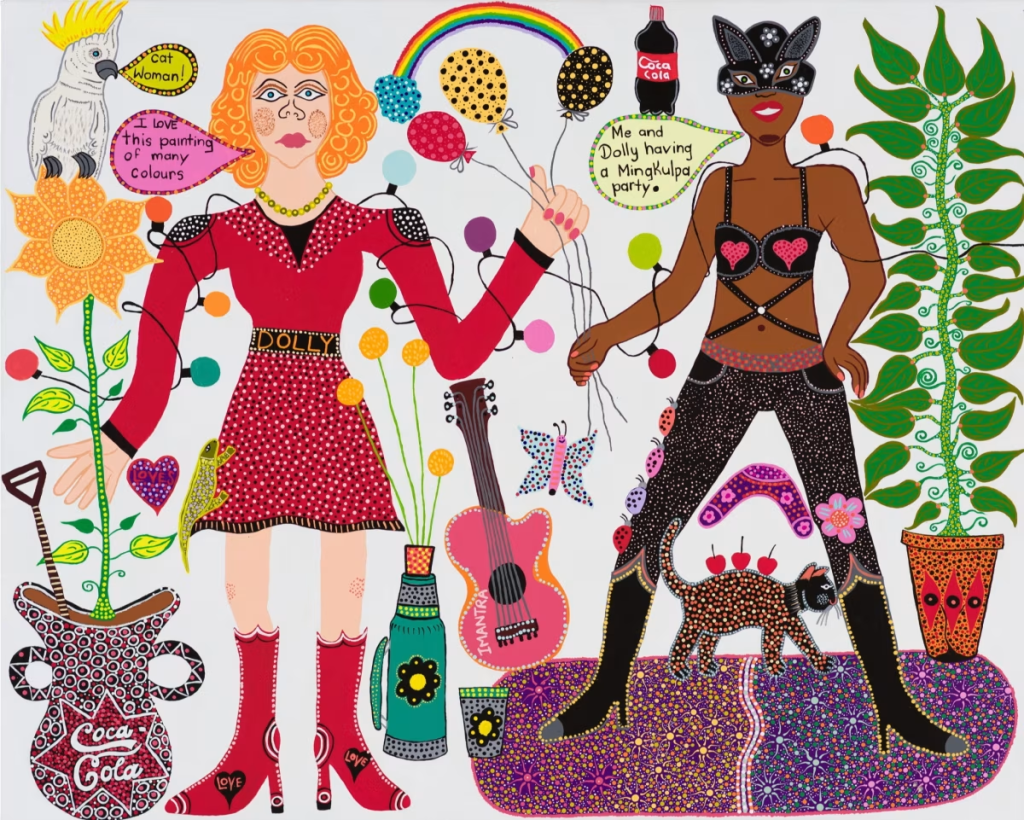
This year, Albert takes center stage at the Sydney Biennale with his curatorial role in the exhibition “Ten Thousand Suns.” The festival celebrates joyous rebellion and brings Indigenous understandings of the cosmos to the forefront. Collaborating with 14 Indigenous artists from around the world, including Dylan Mooney and Kaylene Whiskey, Albert’s project explores themes of identity, history, and resilience.
In the heart of the exhibition, Mooney’s 13-meter mural at White Bay power station celebrates the late, queer, First Nations dancer and activist Malcolm Cole. The artwork pays tribute to Cole’s groundbreaking role in the Sydney Mardi Gras, highlighting the intersectionality of Indigenous and LGBTQ+ identities.
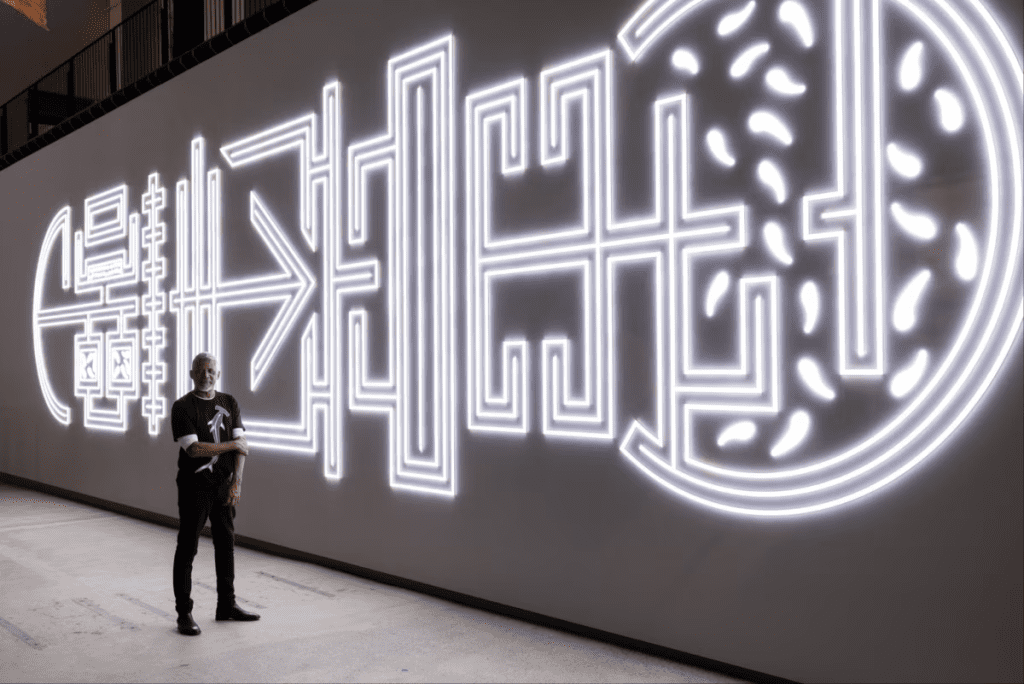
Meanwhile, Whiskey’s “Kaylene TV” installation blends traditional dot iconography with western pop culture, showcasing Black superheroes alongside icons like Dolly Parton and David Bowie. Her work challenges stereotypes and celebrates Indigenous resilience and creativity.
Darrell Sibosado, another artist featured in Albert’s project, uses white neon tubes to tell stories of ancestral heritage and cultural identity. Sibosado’s avant-garde approach combines traditional techniques with modern materials, reflecting the dynamic evolution of Indigenous art.
Despite the growing recognition and success of urban Indigenous artists, challenges persist for Indigenous communities across Australia. Issues such as deaths in custody and the failure of initiatives like the Voice referendum highlight ongoing systemic injustices.
As newly re-energized artist-activists like ProppaNow continue to push for social change through their art, the urban Indigenous art scene serves as a powerful platform for amplifying Indigenous voices and narratives. Through their work, these artists challenge stereotypes, confront colonial legacies, and celebrate the resilience and creativity of Indigenous cultures.
The National Indigenous Cultural Centre (NICC) is an Indigenous home. We provide Indigenous products, music, art and news. If you want Indigenous gifts and merchandise, bush tucker food at your next event or Indigenous entertainment at your next party, expo or conference, feel free to contact us! Visit our page: https://nicc.org.au/
Tony Clemenger
Chief Executive Officer
Level 1 397 Chapel Street South Yarra 3141
Source: https://www.ft.com/content/d819b351-4e98-4ee8-978e-3916bcf2baf8






